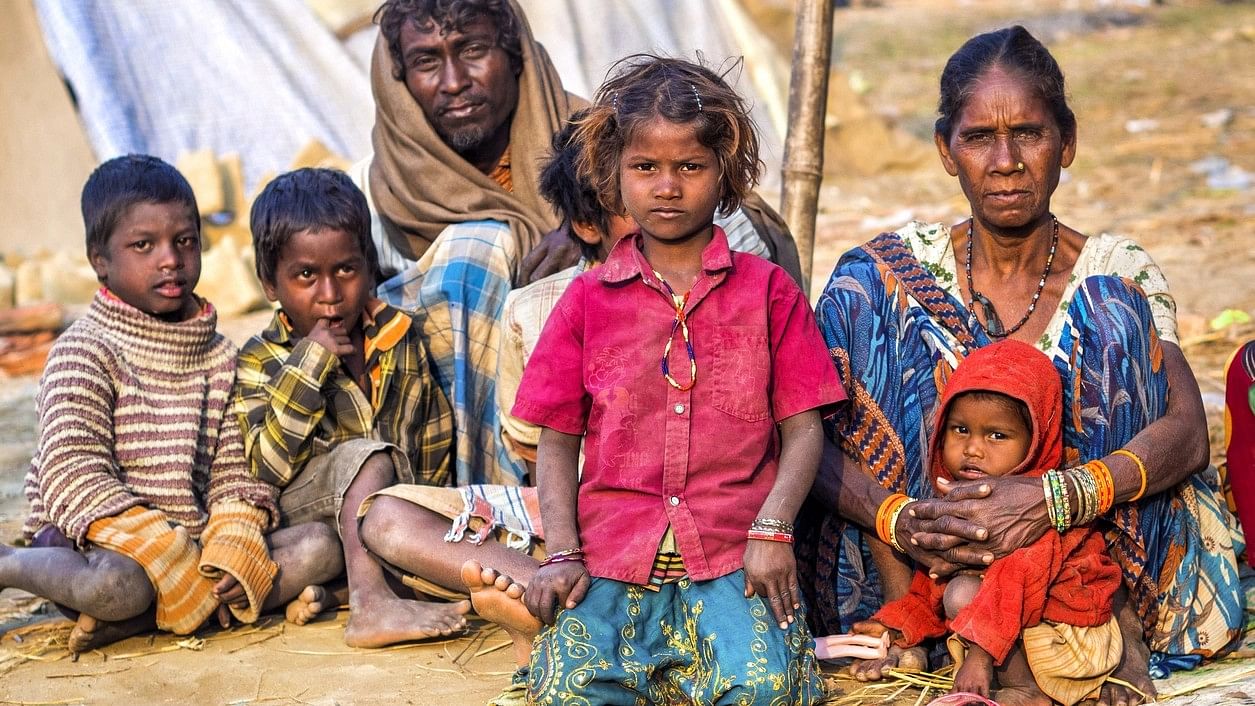
Representative image of children suffering from malnourishment.
Credit: iStock Photo
As many as 3.25 crore children across the country suffer from stunting. Data from anganwadi centres show that this accounts for over 39 per cent of all children under the age of six across 13.9 lakh such centres.
In addition to that, 6 per cent of children under the age of five – which accounts for 43 lakh children – also suffer from severe or moderate malnourishment. This is similar to the number of obese children across these centres, 6 per cent or 43 lakh. As many as 1.5 crore children under the age of six in these centres are underweight.
The data from these rural childcare centres is from the month of August, collected from 13.96 lakh anganwadis, where the health and nutrition parameters of 8.33 crore children under the age of six are measured. The women and child development ministry, through the ICT application Poshan Tracker measures the height and weight of the children. Hot-cooked means and supplementary nutrition is also provided to these children.
India is ranked 107th across 121 countries under the Global Hunger Index (2022), and has one of the worst rates of child malnutrition in the world.
The World Health Organisation (WHO) defines severe acute malnutrition as a very low weight for height ratio, which lies below -3 of the standard deviations, and is visible by severe wasting or by the presence of nutritional oedema. Children who suffer from SAM are nine times more likely to die due to a compromised immune system.
While NHFS-5 data show that malnourishment numbers have marginally improved, the number of malnourished children in anganwadis still contribute a high number. Nutrition indicators under the NFHS-5 for children under five years improved as compared with NFHS-4. Stunting went down from 38.4 per cent to 35.5 per cent and wasting reduced from 21.0% to 19.3% while underweight numbers went down from 35.8 per cent to 32.1 per cent.